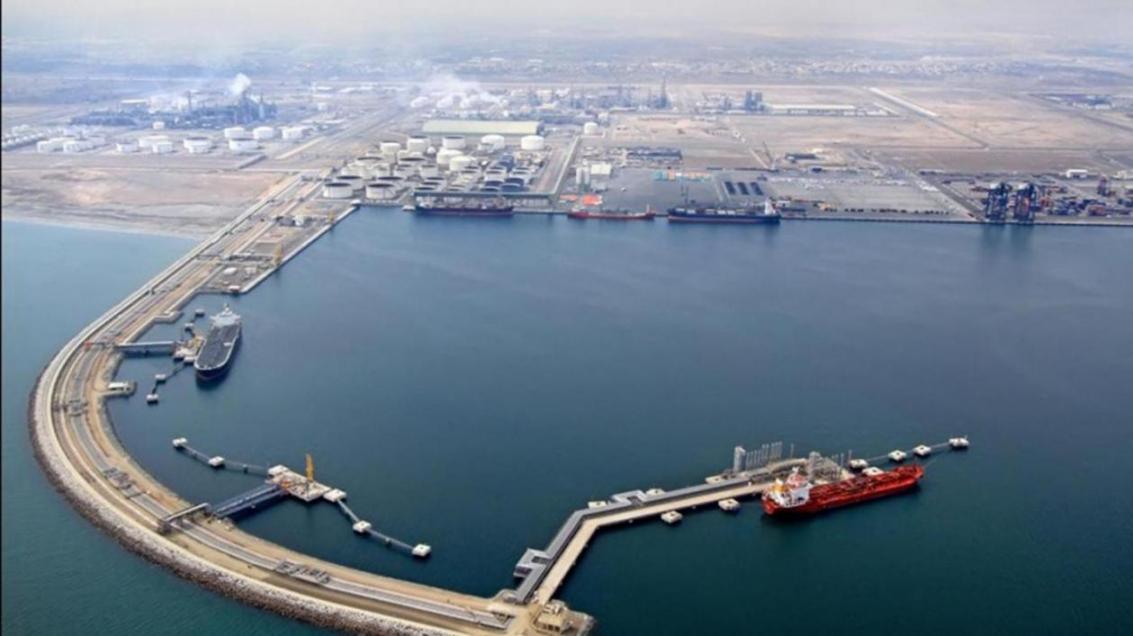With Iran looking to integrate its large iron and steel sector into growing global markets, Oman’s SOHAR Port and Freezone can play a critical role in reviving the sector, according to officials of the economic zone.
The global demand for steel is expected to reach 2 billion tons a year by 2025. Since the turn of the decade, infrastructure and construction projects linked to urbanization in India, the Middle East, China and elsewhere have accounted for more than 35% of global steel demand and for more than half its growth, Muscat Daily cited a press release issued by SOHAR Port and Freezone.
More than 350 international delegates from companies both inside and outside Iran recently met on Kish Island for the First Iranian Iron and Steel Conference, discussing opportunities to integrate the nation’s huge iron and steel industry into growing global markets. The freezone also participated in the conference.
Jacoba Bolderheij, commercial manager at SOHAR Port and Freezone, said: “We believe SOHAR Port and Freezone will play a critical role for the Iranian steel industry, not only as an optimal entry and exit point to the broader region. thanks to our longstanding good relations with Iran, our excellent infrastructure and logistics, we are ideally positioned as a regional base for continued investment in the sector, from materials processing to finished steel products.”
Jamal Aziz, CEO of freezone, said that as a linchpin in the regional steel industry, SOHAR Port and Freezone has a location second to none.
“Optimally placed between the markets of east and west, in an area of the world where demand for steel continues to grow, with our low utility prices and attractive incentive packages, we offer an ideal environment for steel manufacturers and steel fabrication industries.”
Many leading companies in the steel industry have already established themselves in SOHAR. These include Vale from Brazil, Inco from Turkey, SOHAR Steel from Oman, and Jindal, Dunes, Cabrol, Metkore, and Indsil–all originally from India.
With current investments exceeding $21 billion, SOHAR has one of the world’s largest port and free zone developments and lies at the center of global trade routes between Europe and Asia. It provides unequaled access to booming Persian Gulf economies while avoiding the additional costs of passing through the Strait of Hormuz, the release added.
SOHAR Port and Freezone is a deep-sea port and adjacent free zone located in Sohar, Oman, around 200 kilometers northwest of the capital Muscat. It is equipped with deep-water jetties capable of handling the world’s largest ships.
TCCIMA Hosts Duqm FTZ Officials
In a meeting between head of Oman’s Duqm Free Trade Zone, Yahya bin Said al-Jaberi, accompanied by a 16-strong trade delegation, and head of Tehran Chamber of Commerce, Industries, Mines and Agriculture Masoud Khansari on Monday in Tehran, the two sides discussed avenues of cooperation and joint ventures between the two countries’ free trade zones.
“Oman no longer relies on oil as its main source of revenue and intends to attract foreign investments to develop its other economic sectors. Duqm Free Trade Zone, as the largest FTZ in the Middle East, provides great opportunities for foreign investments,” Donya-e-Eqtesad quoted al-Jaberi as saying.
The Omani official pointed to foreign investors’ tax exemption, duty-free import and export of goods and the possibility of establishing 100% foreign owned firms as the advantages of Duqm FTZ.
Khansari welcomed the prospect of closer ties with Oman and said considering that Oman is the gateway to Africa and is well-connected to the neighboring Arab states via land and sea, and the fact that Iran also shares borders with 15 neighboring countries, the two countries’ potential for trade and investments is huge.
He called for greater cooperation between Iran and Oman, and said the two countries can increase their annual trade value well beyond the current $400 million per year.


